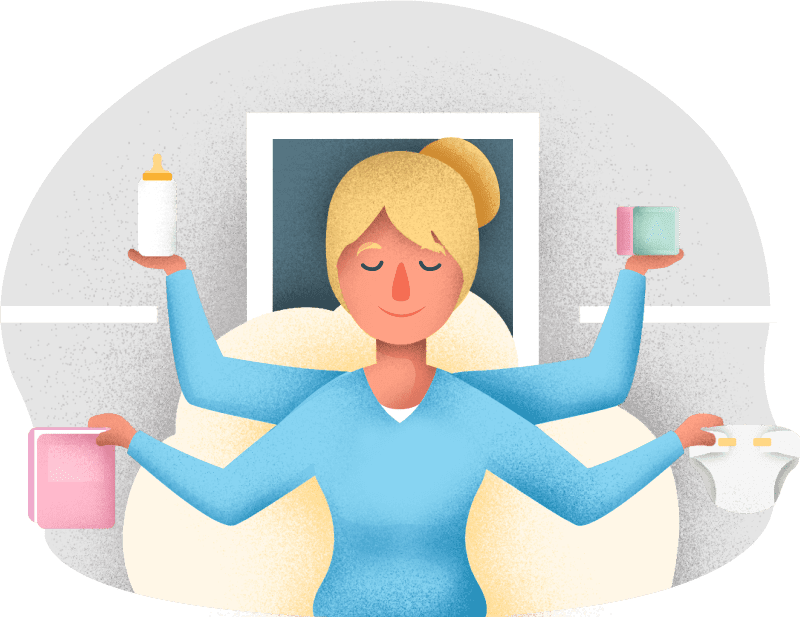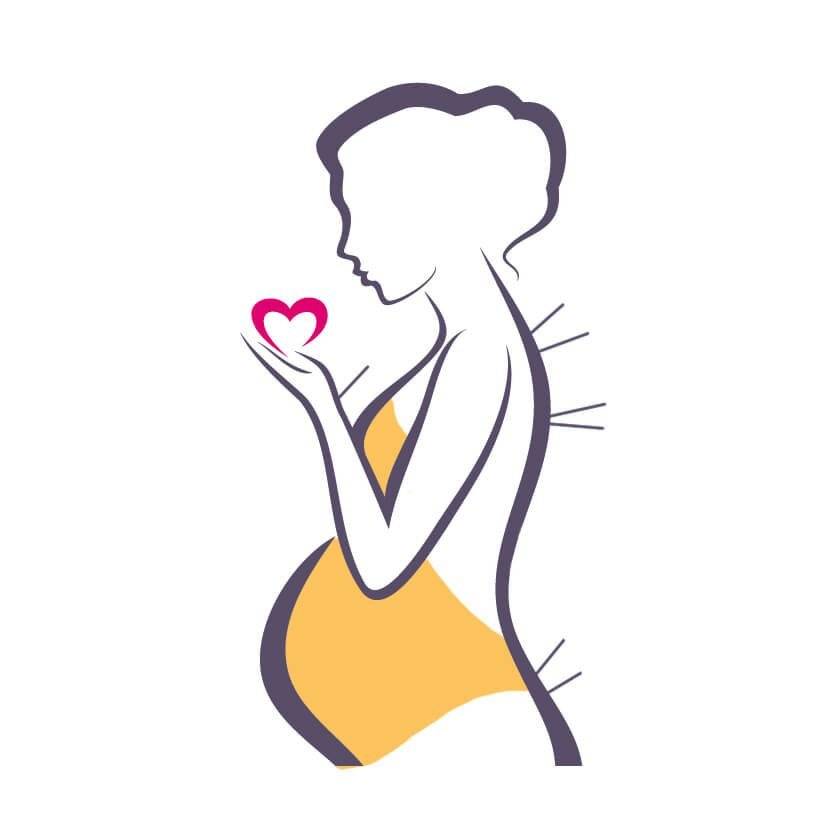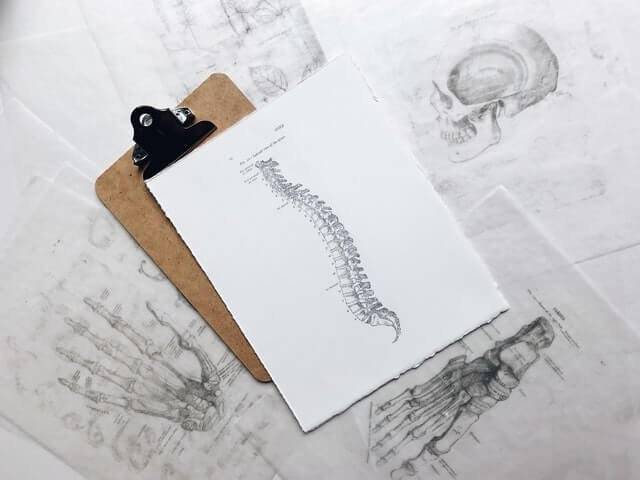Increase your chance of conception with acupuncture
Learn how to integrate IVF step-by-step with acupuncture
IVF & IUI
What is IVF?
In Vitro Fertilization (IVF) is a series of procedures that assists a woman in conceiving by artificially fertilizing the retrieved ovaries with sperm.
The treatment of IVF step-by-step takes about 6 to 8 to 12 weeks, from the day of your consultation to the day you receive your pregnancy blood test. However, the first official day of your IVF treatment cycle starts with your menstruation.
Sometimes hurdles in life make you choose IVF to conceive your child; this is a difficult decision since it impacts both your mental and financial well-being.
When you are daydreaming about your newborn, planning on how to become a mother, discussing with your family, worrying about your health issues, and thinking about what has gone wrong with your body, We understand that “seeking infertility treatment” is a courageous step.

Improving Your IVF Success Rates Through Acupuncture
Many women who are undergoing IVF also seek out additional methods to support their fertility and reduce stress, while improving IVF outcomes.
What are the IVF Step-by-Step procedures?

Consultation, Test & Diagnosis

Ovarian Stimulation

Monitoring & Trigger Injection

Holistic Therapies & Meditation

Transvaginal Oocyte Retrieval

Semen Analysis & Retrieval

Fertilization & Embryo Development

Embryo Transfer

Wait About Two Weeks

Pregnancy Blood Test
How Does Acupuncture Work?
Stimulating your ovaries
Initial consultation:
In your first appointment, you will come into the office for an initial exam, during which the doctor will get a health history from both you and your spouse. Then you discuss any worries or questions you may have at this point.
Patients have the right to be fully informed about what will occur during the IVF treatment, and your IVF doctor will go through your IVF treatment plan in further detail.
Clinical coordinator consultation:
Your IVF specialists will go through your treatment plan based on your diagnosis. This plan includes critical dates and prescription schedules, and you will be taught how to self-administer the medications at home during the cycle.
Financial consultation for IVF:
You will be informed about the plan and prices and discuss potential financial choices. Getting a good financial perspective in the beginning, might help you reduce stress.
In addition, some insurance policies cover IVF treatment, and if IVF is not covered, there are several more flexible options to consider, including IVF finance.
Stimulating your ovaries
- Blood test for reserve assessment
- Ultrasounds of the uterus and fallopian tubes
- Infectious disease screening (Hepatitis B, C, T-cell lymphotropic virus I & II, HIV, etc.)
- Uterine evaluation
- Male fertility testing, Including a sperm analysis
- Endometrial biopsy and 3D SIS
Then, your nurse will help you identify “Day 1” of your IVF cycle. Day 1 begins on the first day of your menstrual cycle because your body is already in the stage of the natural ovulation process.
IVF specialists may prescribe birth control pills to help you manage your menstrual cycle and prepare your ovaries.
You should anticipate taking contraceptives for 2 to 4 weeks following testing and diagnosis, depending on where you are on day one of your menstrual cycle.
Stimulating your ovaries
In some cases, an oral fertility pill such as Clomid is prescribed. However, you must also take injectable fertility medications in the range of one to two per day or one to two every cycle.
The thought of injecting yourself is both frightening and intimidating at first. However, after many attempts, you should become an expert. You will be shown step-by-step how and where to inject yourself.
Ideally, your partner’s support or relaxing meditation approaches might assist relieve stress and anxiety. (Involving additional methods such as meditations, holistic therapy, acupuncture, herbal medicine, mind-body practices, etc…)
The most common hormones contained in the injections are:
- FSH: Follicle-stimulating hormone (Follitropin alfa / Gonal-F or Bravelle / Urofollitropin )
- LH: Luteinizing hormone
- Combination of FSH and LH: Menotropins (Menopur, Repronex)
- Leuprolide (Leuprolide acetate / Lupron)
Lupron can be added as the third additional shot (if needed) because it acts as an agonist in the short term and then an antagonist in the long term. Therefore, IVF nurses will continually lower lupron doses during this time.
Fertility hormones boost the number of eggs in your ovaries, allowing more eggs to be gathered and fertilized. The goal is to have at least four eggs when you are on fertility hormones.
When you have more fertilized eggs, the clinic has a better choice for your new embryo sampling and development in your IVF cycle.
Monitoring and Trigger injection
Although your fertility nurses will keep a close eye on your progress, you must report your self-injection schedule so that they can adjust your medication if needed.
Your fertility specialist will perform ultrasounds and blood tests to determine the development of your follicles and ovaries. This is the most time-consuming part of the IVF process, requiring an average of 5-7 office visits.
It’s common to have some transvaginal ultrasounds, where a probe is inserted internally to view the ovaries and developing follicles to help fine-tune your treatment during the stimulation phase.
When the egg follicles mature, you will receive an injection of human chorionic gonadotropin (HCG) to stimulate the eggs’ release. The right timing is important at this point because your eggs need to be retrieved 36-hours after your HCG injection.
Integrate holistic therapy to deal with stress and improve your egg quality / hormone level
Ideally, Acupuncture therapy should be started from 4 to 6 weeks before your transfer date and should be continued throughout your pregnancy to help with your other pregnancy symptoms.
Acupuncture can be an adjunct therapy during step 2 or step 3.
So, how can acupuncture help? To learn about it more in-depth, read here.
First, let’s talk about improving egg quality and hormonal balance. Of course, improving your egg quantities is ideal, but we also need the best quality of eggs. Acupuncture supports ovulation stimulation and improves ovarian function, allowing for the development of better quality eggs and strong, healthy embryos.
Second, financial pressure and the idea of self-injection can cause stress to your body. Significantly, stress can affect infertility both by the altered regulation of pituitary hormones and from the abnormal nervous-system influences on the ovaries and fallopian tubes.
Acupuncture helps you reduce stress and regulate your energy flow in this process.
Egg retrieval (Oocyte retrieval)
In the modern IVF, with the USG ultrasound approach, a long and thin needle performs as a suction pump to get the required fluid-filled follicles inside your ovaries. This fluid contains eggs (that have been nourished through IVF hormonal shots in the early stage), then the eggs will be “quality checked” for mature or standard appearance.
For the implantation potential, the ideal egg quantities are about 8 to 15 eggs for implantation potential.
However, not all eggs retrieved will be compatible for the fertilization phase. Certain mature eggs, for example, will reject some normal sperm.
In other cases, zygote fertilized eggs (eggs accept the exposed sperm) will not go through the embryo cleavage stage. Or even the thought of moving further to the following cell-division stage. As a result, 2 to 4 fertilized eggs are transferred to the uterus, and the rest will be cryopreserved (frozen).
You are now waking up from the anesthesia after the 30-minutes procedures, and it will take you about another 30 minutes to walk on your own. However, you do need a driver after this EPU day.
Semen Analysis
Several methods for preparing sperm, from basic washing and centrifugation to a more complicated “swim-up” procedure (isolating only motile sperm for insemination).
The best quality sperms are picked out for the fertilization process. Significantly, the ideal sperm is preferred to have normal morphology (the shape is not too fat, too thin, and the tail is not too long or too short).
Sperms defects are classified into four categories: head defects, acrosomeless, midpiece defects, and tail defects. Next, the IVF specialists will pick out the best quality sperm for the fertilization process. The normal to the best quality that they are looking for are:
- Concentration: the average amount of sperm per milliliter of semen should be at least 15 million. Otherwise, the IVF specialist would consider your partner to have a low sperm count.
- Motility: around 50% of your sperm should be alive, and their movement should look solid and standard.
- Morphology: 4% of sperm in normal semen have standard shape and size. The IVF scientists are educated on this topic to pick out the best quality of sperm that can fertilize well with your egg.
Fertilization
Then the extracted mature eggs are placed in a petri dish and cultivated in an incubation medium (the environment where the embryologist can control the temperature, humidity, gas concentrations, amino acids, nutrition, etc.).
The incubator can mimic the same conditions as a woman’s uterus, where the eggs will be grown for 3-6 hours before they get exposed to the sperms.
The eggs got exposed to the sperms with either standard insemination or Intracytoplasmic sperm injection (ICSI). ICSI will be performed under the low sperm circumstance where a single sperm is injected manually inside the egg.
After the egg and sperm have been fertilized, they are now placed in incubators again. However, the environment is shifting from medium to growth medium. This technique increases the quantity of protein and nutrients that could take up to 17 hours.
Each qualified fertilized egg and sperm must have one pronucleus (makeup of 2 pronuclear bodies in total) to develop into an embryo later on.
After 48 to 72 hours of preservation in the incubator environment, the fertilized egg is now in the fourth or eighth cell stage and ready to be transferred.
Embryo Transferred
Your IVF specialist is tracking the process of your embryo development:
- Day 2: your embryos start to divide into 2-4 cells
- Day 3: cleavage stage, 6-8 cells
- Day 5-6: blastocyst stage, 100 cells
Based on the degree of expansion of the embryo size, appearance and mass, your IVF specialist will grade your embryo from A to D, from A being good quality to D being unviable.
The dividing embryo, grade A or B embryos, are loaded into a soft plastic catheter during the transfer step. Then a small volume will be injected through the cervix wall into the uterine cavity.
For the patients under 35, 2 to 3 embryos will be transferred, and 3 to 4 embryos are for those who are 35 and up.
The extra healthy embryo is cryopreserved in liquid nitrogen for additional transfer if the implantation is not successful.
This procedure is expected to be more “relaxed” when no anesthetic is involved.
Waiting / Luteal phase monitoring / Pregancy Blood Test
After your transfer day, you should wait 12 to 14 days before doing a pregnancy blood test. In your early pregnancy, progesterone levels are examined, and the rate of hCG is increased to determine your positive result. With ultrasonography technology, your IVF experts can detect your fetal sac On the 25th day and fetal heart motion on the 35th day.
A week before egg retrieval
Day of Egg Retrieval
Day after Egg Retrieval
Wait 3 to 5 days
Day before Embryo Transfer
Day of Egg Retrieval
1st Week After Embryo Transfer
2nd Week After Embryo Transfer
#1 Best Acupuncture in Utah County
You’re in good hands
Dan Clark has been practicing acupuncture for infertility treatment for 20+ years and he is also specialized in Traditional Chinese Medicine to address your acute back pain concern.
At Lotus Spring Acupuncture & Wellness Inc, Dan designs a specific care package for any individual. Many patients left Dan with good impressions on the effectiveness of his treatments and his professional style, Dan knows how to make his patients feel informed and comfortable.



